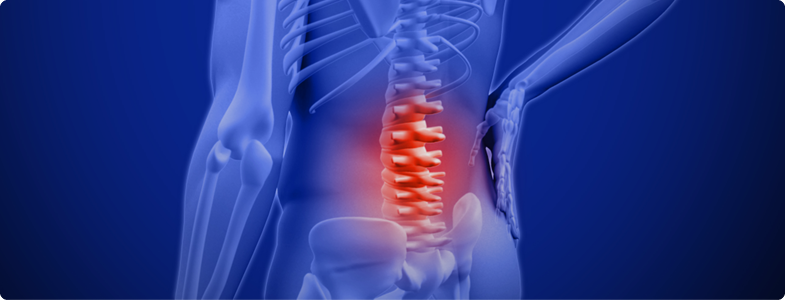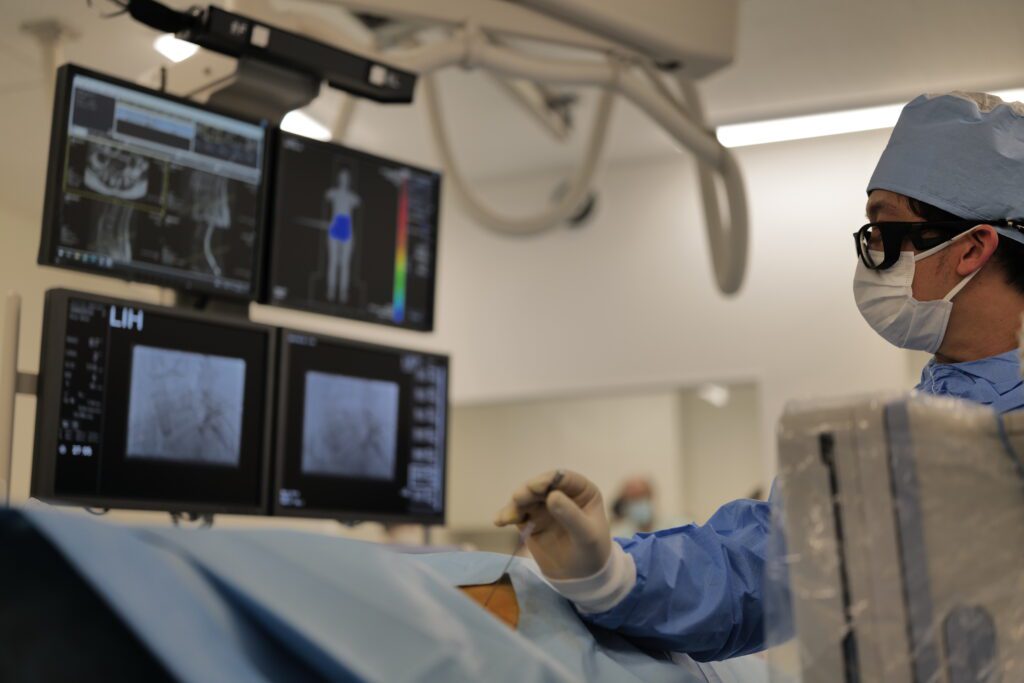Column How to Treat Chronic Low Back Pain: Find the Right Treatment for Your Condition.
April 21, 2023
It has been said that around 30 million people in Japan suffer from back pain.
Back pain can be usually classified into two categories: acute back pain and chronic back pain. Acute back pain refers to back pain that subsides within four weeks of the onset of pain, and the typical symptom is a sudden, sharp pain that strikes the lower back. In contrast, chronic lower back pain is caused by the daily accumulation of fatigue in the lower back, and the muscles tend to become tense and stiff, resulting in heavy, dull pain that persists over a long period of time. Unlike the acute phase, the pain does not gradually subside, and the condition does not heal completely.
In this article, we will introduce some treatment methods for chronic lower back pain.
What is chronic lower back pain?
Most cases of chronic lower back pain are usually accompanied by intervertebral disc degeneration.
When the intervertebral discs between the lumbar vertebrae gradually lose their original shape due a combination of aging and continued stress, they begin to deform. In turn, this causes a decline in the function of the intervertebral discs, and symptoms such as pain occur. This is what is referred to as disc degeneration.
When intervertebral disc degeneration occurs, the intervertebral disc cracks and the nucleus pulposus inside leaks out, causing inflammation. This is referred to as disc herniation, and in addition to lower back pain, it can also cause symptoms such as pain and numbness in the buttocks and legs.
In addition, degeneration and deterioration of the intervertebral discs can also lead to instability in the zone, resulting in the formation of bone spurs to support the lower back, and that in turn will compress the spinal canal and cause symptoms related to spinal canal stenosis such as intermittent claudication.
As you can see, aging and degeneration of the intervertebral discs can be the cause of various types of back pain.

Symptomatic treatment
Symptoms of disc degeneration – conservative treatment such as medication and physiotherapy
When the only apparent symptom is back pain, it is often treated with pain relief medication, heat therapy, and nerve blocks.
But, for chronic back pain, if the patient does not get enough exercise, not only will it interfere with their daily activities, but it also may also lead to a vicious cycle of increased back pain due to muscle atrophy and stress-related causes. That is why it is important to keep on stretching and exercising to relax muscles, improve posture that places stress on the lumbar region, and improve the strength of core and peri-pelvic muscles.
Symptoms of disc herniation- nerve blocks, PLDD, surgery
If, in addition to pain in the lower back, there are also symptoms of pain and numbness in the buttocks and legs, it may be an indication that disc herniation has occurred. In such cases, nerve blocks may provide temporary pain relief, but in most cases, the preferred options are removing the herniated area by PLDD (laser therapy) or with a spinal surgery, such as the herniectomy / LOVE procedure.
The characteristic symptoms of spinal stenosis: pain in the lower back, pain and numbness in the buttocks and legs, intermittent claudication.
Surgery is often recommended if symptoms such as gait disturbance occur.
Most spinal stenosis surgeries are performed under general anesthesia and involve drilling out part of the lumbar vertebral arch and removing the ligamentum flavum and enlarged intervertebral joints that are compressing the nerves.
Treatment at our clinic
The above treatment methods do not repair the cracks in the intervertebral discs, which are the root cause of back pain.
In contrast, the Cellgel method, which is performed at our clinic, can repair the damage to the intervertebral discs.
The Cellgel method was developed in France and has already been implemented in more than 54 countries around the world, mainly in Europe. In this treatment, a drug is injected into the deteriorated area of the disc, which then turns into a gel-like substance that repairs the cracks. The Discogel also absorbs water, which reduces the pressure inside the disc and alleviates the herniation. The gel acts as a cushioning element by remaining inside the disc as an implant, preventing the nucleus pulposus from leaking out. It is believed that this allows the disc to regenerate by itself and recover its original function.

If you have been diagnosed with a herniated disc or other conditions and suffer from chronic back pain, consider a consultation at our clinic.
Related articles
Advantages and disadvantages of herniated disc surgery. Avoid the risks and get the peace of mind.
Disc degeneration
Disc herniation
Spinal canal stenosis



